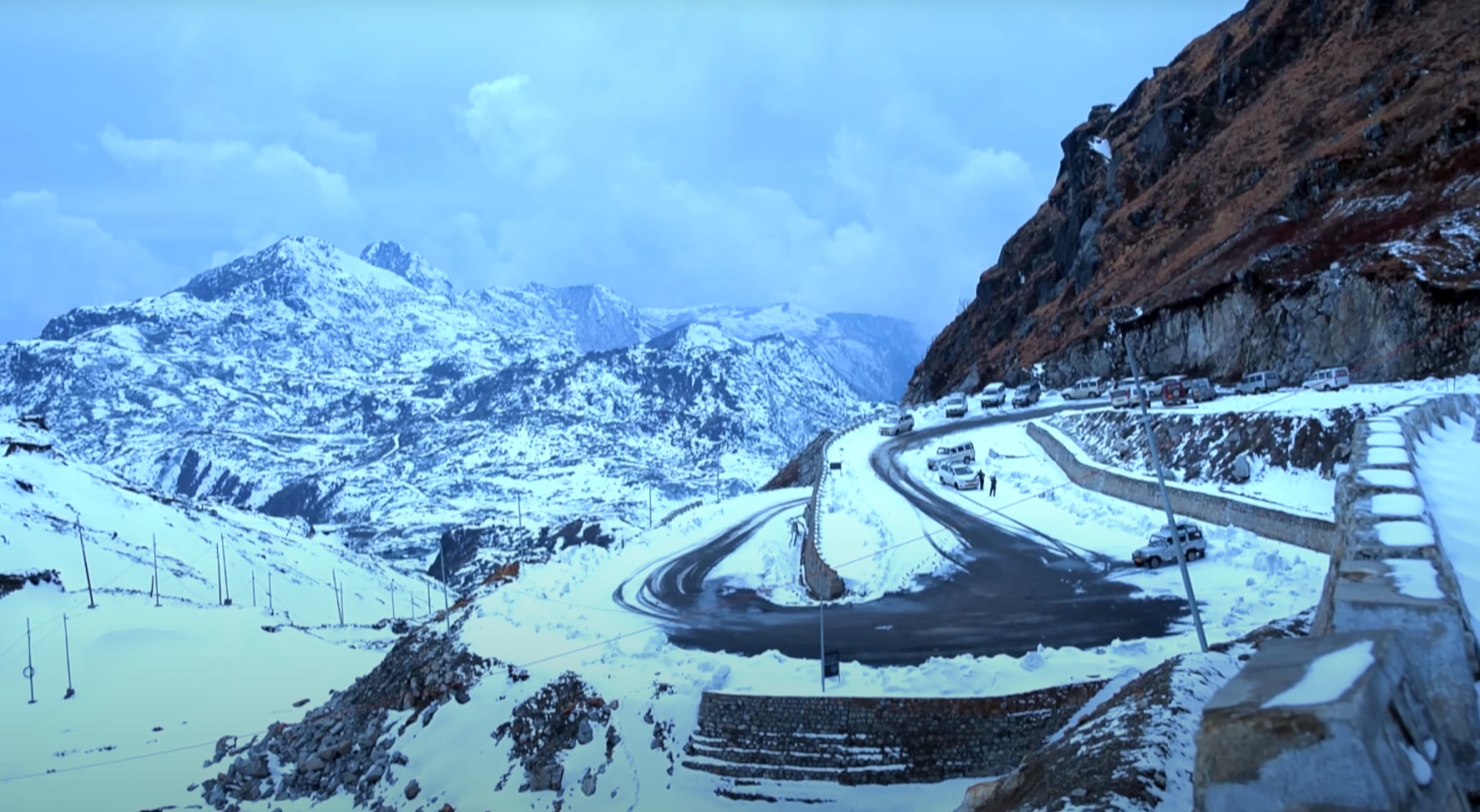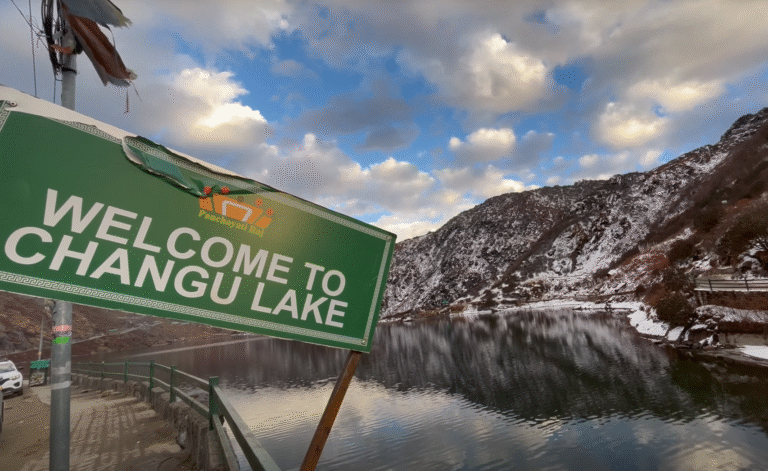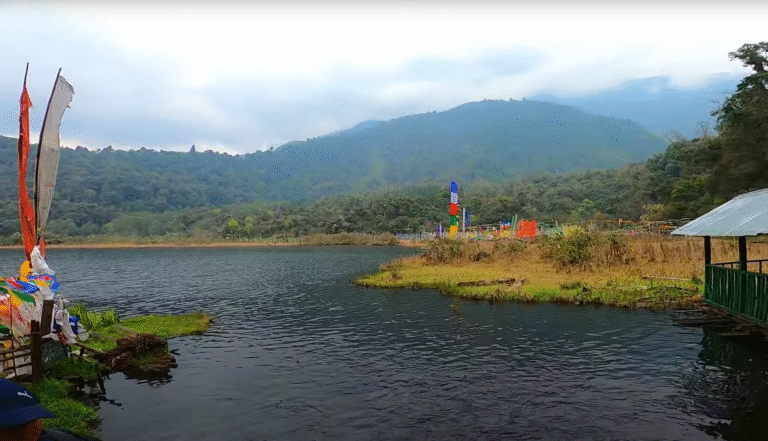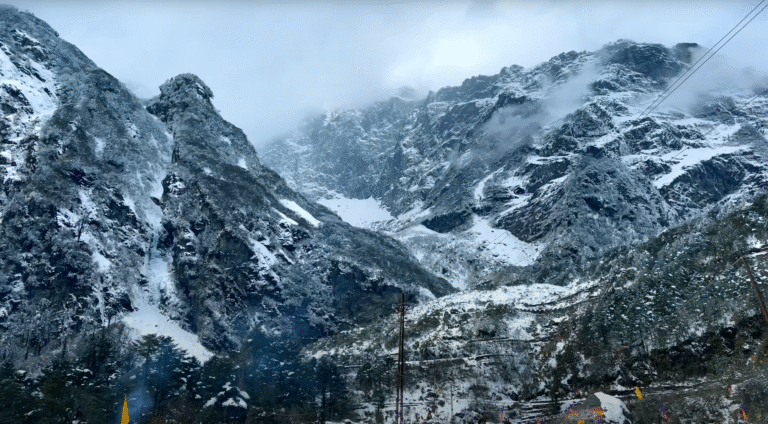Best Time to Visit Sikkim for Wildlife: A Complete 2025 Guide

Hidden within the Eastern Himalayas, Sikkim is a treasure trove of biodiversity. From the elusive red panda to the towering Kanchenjunga landscapes, this northeastern Himalayan state is a paradise for nature lovers, photographers, birders, and conservationists alike. With its unique blend of alpine meadows, temperate forests, subtropical valleys, and snow-clad peaks, Sikkim is a living museum of Himalayan flora and fauna.
But for those planning a wildlife adventure here, one question often arises: When is the best time to visit Sikkim for wildlife?
The answer depends on what you seek—whether it’s birdwatching, spotting mammals like musk deer and Himalayan black bears, exploring high-altitude ecosystems, or simply soaking in the natural rhythms of this eco-conscious state. In this comprehensive guide, we will explore seasonal variations, recommended months, wildlife highlights, and practical tips to help you plan the perfect wildlife trip to Sikkim.
🌿 Why Sikkim is a Wildlife Paradise
Before diving into the best time, let’s understand why Sikkim is such a hotspot for biodiversity:
- Biodiversity Hotspot: Part of the Indo-Burma and Himalaya biodiversity hotspots, Sikkim boasts more than 4,500 species of flowering plants, 550 bird species, and hundreds of mammals, amphibians, and butterflies.
- Protected Areas: Nearly 30% of Sikkim’s land is under protection, including the famous Khangchendzonga National Park (a UNESCO World Heritage Site), Kyongnosla Alpine Sanctuary, Barsey Rhododendron Sanctuary, and Fambong Lho Wildlife Sanctuary.
- Rare Species: Home to the red panda, Himalayan monal, snow leopard, satyr tragopan, and medicinal plants like rhododendrons and orchids.
- Altitudinal Range: From subtropical forests at 300 meters to alpine deserts above 5,000 meters, Sikkim covers almost every Himalayan habitat type.
Given such diversity, the season you choose significantly affects what wildlife you will see.
🌸 Spring (March – May): The Season of Bloom and Birds
Spring is often considered the best season for wildlife in Sikkim, especially for birdwatching and floral diversity.
Highlights
- Rhododendrons & Orchids: Over 36 species of rhododendrons bloom across the valleys and sanctuaries. Barsey Rhododendron Sanctuary becomes a sea of pink, red, and purple.
- Birdwatching Heaven: Migratory birds return, and forests are alive with calls of the Himalayan cuckoo, rufous-necked hornbill, satyr tragopan, and blood pheasant.
- Mammals: Red pandas are more active at this time, often spotted in Fambong Lho or Khangchendzonga Biosphere Reserve.
- Weather: Pleasant temperatures (10°C–20°C in mid-altitudes) make treks and safaris comfortable.
Where to Go
- Barsey Rhododendron Sanctuary (for blooming forests & red panda).
- Khangchendzonga National Park (for mixed wildlife and trekking).
- Fambong Lho Wildlife Sanctuary (for birdwatching).
Best For
Photographers, botanists, trekkers, and birders.
🌞 Summer (June – Early July): High-Altitude Exploration
Summer in Sikkim is short but rewarding, especially for those venturing into alpine and sub-alpine regions.
Highlights
- Alpine Meadows in Bloom: Areas like Yumthang Valley (Valley of Flowers) are carpeted with primulas, poppies, and alpine herbs.
- Mammals at High Altitude: Snow leopards, blue sheep (bharal), and Himalayan tahr move to higher pastures. Though sightings are rare, summer is your best chance to explore their habitats.
- Butterfly Season: Sikkim is home to over 700 butterfly species, and many emerge in summer.
Challenges
- Lower regions may experience pre-monsoon showers, making trails slippery.
- Wildlife is more dispersed due to abundant food.
Where to Go
- Yumthang Valley (for alpine flora).
- Kyongnosla Alpine Sanctuary (for snow partridges, high-altitude flora).
Best For
Botanists, butterfly enthusiasts, and trekkers interested in high-altitude wildlife.
🌧 Monsoon (July – Mid-September): The Season of Renewal
While the monsoon is not the best time for wildlife tourism, it plays a crucial role in replenishing Sikkim’s ecosystems.
Highlights
- Lush greenery, swollen rivers, and dramatic waterfalls.
- Amphibians like Himalayan newts are active.
- Mushrooms, ferns, and other monsoon flora thrive.
Challenges
- Heavy rains cause landslides and roadblocks.
- Leeches and difficult trails discourage trekking.
- Wildlife spotting becomes rare due to dense foliage and rains.
Best For
Hardcore researchers, herpetologists, and those seeking solitude in the forests.
🍁 Autumn (Late September – November): The Golden Season
Autumn is arguably the best time overall to visit Sikkim for wildlife.
Highlights
- Clear Skies: Crisp mountain views, perfect for combining wildlife with landscape photography.
- Migration Season: Birds begin their seasonal movements—raptors, warblers, and waterfowl are abundant.
- Red Panda Season: With the forests fruiting and temperatures dropping, red pandas are more visible.
- Festive Energy: Cultural events like Pang Lhabsol and Dasain add to the experience.
Weather
- Cool and dry: 5°C–15°C in higher altitudes, very pleasant for treks and safaris.
Where to Go
- Maenam Wildlife Sanctuary (for Himalayan black bear, red panda).
- Khangchendzonga National Park (trekking + wildlife).
- Singalila Range (shared with West Bengal) for red panda and birds.
Best For
Wildlife photographers, trekkers, families, and general tourists.
❄️ Winter (December – February): Quiet and Magical
Winter in Sikkim brings snow to the higher reaches and calm to the lower forests.
Highlights
- Snow-Clad Forests: Kyongnosla and Yumthang are blanketed in snow, offering unique wildlife experiences.
- Mammals in Lower Forests: Animals like serow, musk deer, and yellow-throated marten descend to lower altitudes.
- Birdwatching: High-altitude birds like the snow pigeon and Tibetan snowcock can be seen.
Challenges
- Harsh weather in high-altitude sanctuaries.
- Some trekking routes remain closed due to snow.
Where to Go
- Fambong Lho Sanctuary (birdwatching, red panda).
- Maenam Sanctuary (wild mammals).
- Ravangla & Pelling (easy wildlife walks in winter).
Best For
Adventurers, snow lovers, and those who want to experience Himalayan wildlife in its rawest form.
📅 Best Months at a Glance
| Month | Season | Wildlife Highlights |
|---|---|---|
| March – May | Spring | Rhododendrons, orchids, red panda, bird migration |
| June – July | Early Summer | Alpine flora, butterflies, high-altitude mammals |
| July – Sept | Monsoon | Amphibians, lush greenery, solitude |
| Sept – Nov | Autumn | Red panda sightings, bird migration, clear skies |
| Dec – Feb | Winter | Mammals in lower forests, snow birds, serene landscapes |
👉 Overall Best Time: Spring (March–May) and Autumn (Sept–Nov)
🦊 Wildlife to Look Out For by Season
- Spring: Red panda, satyr tragopan, Himalayan monal, blood pheasant.
- Summer: Snow leopard (rare), blue sheep, alpine butterflies, primulas.
- Monsoon: Himalayan newt, amphibians, lush forest insects.
- Autumn: Red panda peak season, migratory birds, Himalayan black bear.
- Winter: Musk deer, snow pigeons, Tibetan snowcock.
🌏 Responsible Wildlife Tourism in Sikkim
Since Sikkim is a certified organic state and promotes eco-tourism, travelers must practice responsible tourism:
- Respect wildlife distances—avoid disturbing animals for photographs.
- No littering—carry back plastic waste.
- Support eco-lodges and homestays near sanctuaries.
- Hire local guides—they ensure both safety and local livelihood.
- Avoid trekking during heavy monsoon to reduce trail erosion.
💰 Budgeting for a Wildlife Trip in Sikkim
- Permits & Entry Fees: INR 100–500 for sanctuaries; INR 500–700 for Khangchendzonga NP (foreigners higher).
- Guides: INR 1,000–2,000 per day.
- Accommodation:
- Eco-lodges/homestays: INR 1,000–3,000/night.
- Resorts: INR 4,000–8,000/night.
- Transport: Shared jeeps (budget-friendly) or private taxis.
- Estimated Budget (per person per week): INR 20,000–40,000 (mid-range).
🧭 Tips for Wildlife Travelers
- Carry binoculars, camera with zoom lens, and field guidebooks.
- Pack layers—weather changes quickly, especially above 3,000m.
- Avoid strong perfumes or noise that can scare wildlife.
- Stay in designated trails and eco-zones.
- Best to book permits and guides in advance, especially in peak spring/autumn.
🌄 Conclusion: When Should You Go?
If your primary goal is to experience wildlife in its fullest glory, then the best time to visit Sikkim for wildlife is between March–May (spring) and September–November (autumn).
- Spring brings blooms, bird migrations, and active red pandas in lush forests.
- Autumn offers crisp skies, peak wildlife visibility, and excellent trekking conditions.
However, every season in Sikkim has its own charm—from the snow-quiet winters to the amphibian-rich monsoon. Whether you’re a birder, botanist, photographer, or adventure traveler, Sikkim’s wildlife calendar has something special for you.
So, pack your binoculars, lace up your trekking boots, and step into one of the world’s last great Himalayan wildernesses—where every season tells a different story.


